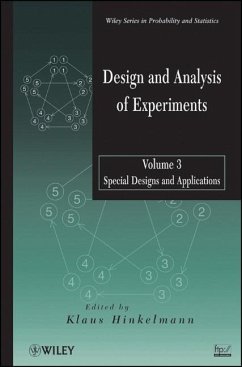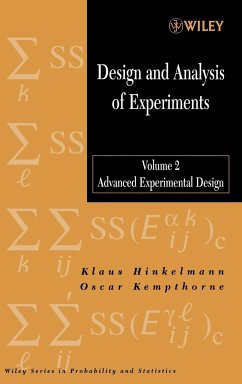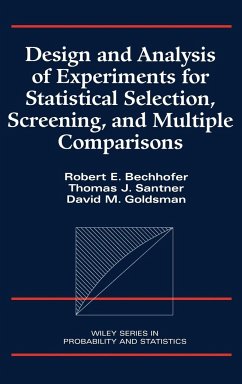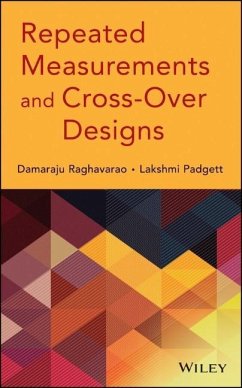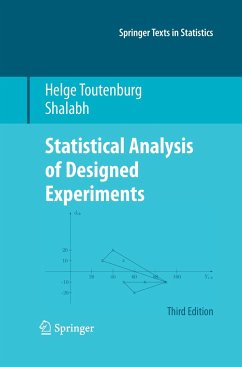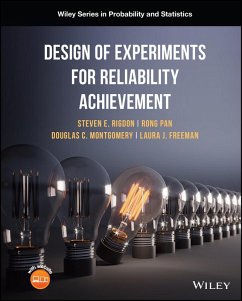
Design and Analysis of Experiments, 3 Volume Set
Versandkostenfrei!
Versandfertig in über 4 Wochen
444,99 €
inkl. MwSt.

PAYBACK Punkte
222 °P sammeln!
This user-friendly 3-volume set reflects a modern and accessible approach to experimental design and analysis. This set includes all three volumes of Klaus Hinkelmann′s "Design and Analysis of Experiments" books. These include:



